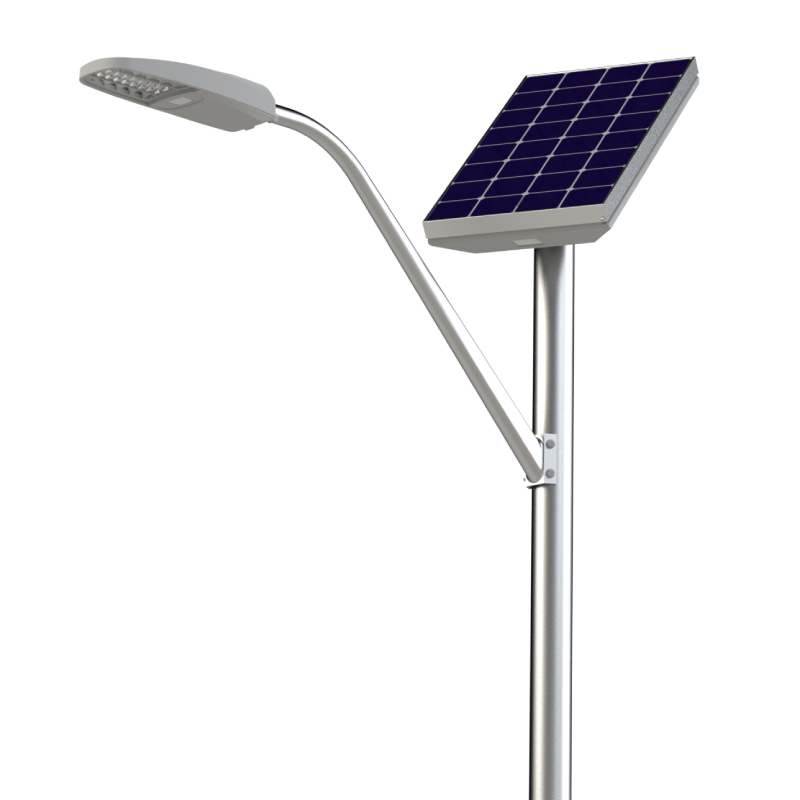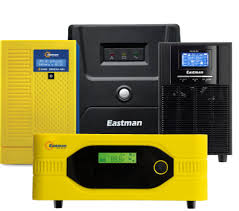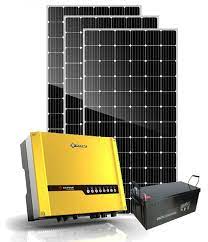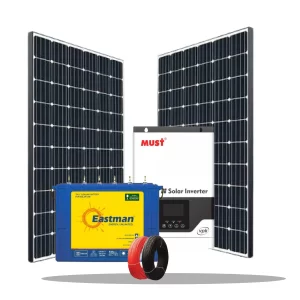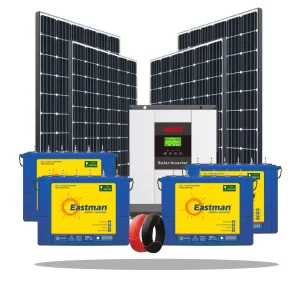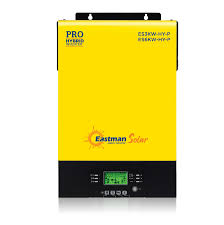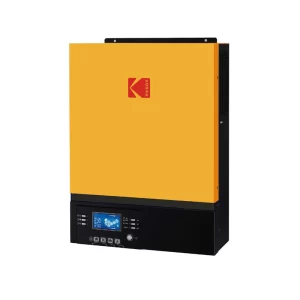Solar Lighting Series refers to a range of lighting products that are powered by solar energy, designed to provide illumination in outdoor and indoor spaces while being energy-efficient and environmentally friendly. These lighting systems typically integrate solar panels with rechargeable batteries, which store energy during the day for use at night or during periods of low sunlight. The Solar Lighting Series encompasses various types of lighting solutions for different applications, from street lights and garden lights to security lighting and decorative outdoor fixtures.
Here’s an overview of the Solar Lighting Series, highlighting the key components, types of lighting, and benefits:
Key Components of Solar Lighting:
- Solar Panels: The primary component that captures sunlight during the day and converts it into electrical energy. Typically made of photovoltaic (PV) cells, the solar panel is designed to be durable and weather-resistant, capable of functioning in various environmental conditions.
- Rechargeable Batteries: These store the energy captured by the solar panels. Most solar lights use lithium-ion or lead-acid batteries, which provide power for the lighting system at night or during cloudy days when solar generation is low. The battery’s size and capacity dictate the system’s operating time.
- LED Lights: Solar lighting often uses energy-efficient LED bulbs, which are durable, have a long lifespan, and consume significantly less power compared to traditional incandescent or fluorescent bulbs. LED technology ensures that the solar light remains bright while consuming minimal energy.
- Controller or Light Sensor: Many solar lighting systems include a built-in light sensor or photocell that automatically turns the lights on at dusk and off at dawn. In some systems, the controller can be programmed to adjust brightness or duration based on user preferences or environmental conditions.
- Mounting and Housing: The lights are typically designed with weather-resistant housings to ensure they can withstand outdoor conditions, such as rain, wind, and extreme temperatures. Depending on the application, solar lights may be mounted on poles, walls, or placed on the ground.
Types of Solar Lighting:
- Solar Garden Lights: These are decorative lights often used to illuminate gardens, pathways, or landscapes. Solar garden lights are available in various styles and sizes, ranging from simple stake lights to more intricate lantern or fairy light designs. They provide aesthetic value as well as functional lighting.
- Solar Street Lights: Commonly used in outdoor public spaces, parking lots, or streets, solar street lights provide high-intensity illumination for roadways and pedestrian areas. They often feature large solar panels and higher-capacity batteries, ensuring long-lasting performance even on cloudy days or during long nights. Solar street lights are ideal for off-grid locations or areas where electricity infrastructure is limited or unavailable.
- Solar Security Lights: Solar security lighting solutions are equipped with motion sensors and are often used for home security or surveillance. These lights are activated when motion is detected, providing a bright flash of light to deter intruders. They can be installed near entryways, garages, or along fences and walkways to improve safety and visibility at night.
- Solar Flood Lights: Solar flood lights are powerful lights that provide wide-area illumination, making them suitable for lighting large outdoor spaces like yards, driveways, sports fields, or construction sites. These lights are often used in commercial applications as well as residential settings to enhance security or illuminate large areas without relying on grid power.
- Solar Deck and Step Lights: These lights are designed to be installed on decks, steps, or railings to provide subtle, low-level illumination for safety and ambiance. Solar-powered deck and step lights are ideal for outdoor living spaces, stairways, patios, and garden paths, offering both practical lighting and aesthetic appeal.
- Solar Pathway Lights: Solar pathway lights are small, low-voltage lights typically used to line walkways, driveways, or garden paths. They provide gentle illumination, guiding pedestrians through outdoor spaces while enhancing the visual appeal of landscapes. These lights are easy to install and require minimal maintenance.
- Solar Post Lights: These lights are designed to fit on top of fence posts, lamp posts, or deck posts, providing both lighting and decoration. Solar post lights are commonly used in yards, patios, and along fences to add charm while also providing functional light for safety and visibility.
- Solar Street and Area Lighting: Designed for municipal and commercial use, solar-powered street and area lights are an excellent solution for lighting public parks, parking lots, or urban spaces. These high-powered lights typically feature integrated solar panels and advanced battery storage systems, enabling them to operate efficiently in a range of conditions.
Advantages of Solar Lighting:
- Energy Efficiency: Solar lighting systems are powered entirely by renewable solar energy, reducing the need for electricity from the grid. This not only saves on energy costs but also reduces your carbon footprint, contributing to sustainability efforts.
- Cost-Effective: While the initial installation cost may be higher than traditional lighting, solar lighting offers long-term savings due to low operating and maintenance costs. With no ongoing electricity bills and minimal maintenance, solar lights are a financially viable solution over time.
- Environmentally Friendly: Solar lighting helps reduce the reliance on fossil fuels by using clean, renewable energy. This reduces greenhouse gas emissions and environmental pollution, making it an eco-friendly choice for lighting needs.
- Low Maintenance: Solar lights require very little maintenance once installed. With no wires to manage, and typically long-lasting LED bulbs and durable battery systems, solar lighting systems have a minimal upkeep requirement compared to traditional electric lighting.
- Easy Installation: Solar lights do not require wiring or electrical connections, making them easy to install in any outdoor setting. Whether it’s for a garden, parking lot, or driveway, solar lights can be quickly set up in almost any location without the need for complex installation or infrastructure.
- Off-Grid Capability: Solar lighting systems operate independently of the grid, making them ideal for remote or off-grid areas. Whether it’s a rural home, a remote campsite, or a remote pathway, solar lighting can provide reliable illumination without requiring connection to the electricity grid.
- Safety and Security: Many solar lights come with motion sensors and automatic lighting features that improve safety and security around homes, businesses, and public spaces. They help prevent accidents by illuminating paths and walkways at night and enhance security by deterring potential intruders.
- Aesthetic Value: Solar lighting can enhance the beauty of outdoor spaces by adding decorative lighting effects. Whether it’s soft landscape lighting or vibrant flood lights, solar-powered systems can be used creatively to highlight features of gardens, lawns, and outdoor entertainment areas.
Conclusion:
The Solar Lighting Series offers a diverse and sustainable range of lighting solutions for both residential and commercial applications. Whether used for practical purposes like security and pathway illumination or for aesthetic value in gardens and landscapes, solar-powered lighting provides an energy-efficient, cost-effective, and environmentally friendly alternative to traditional electric lighting. As technology advances, solar lighting continues to evolve with improved efficiency, longer battery life, and enhanced features, making it a leading solution for modern outdoor lighting needs.

